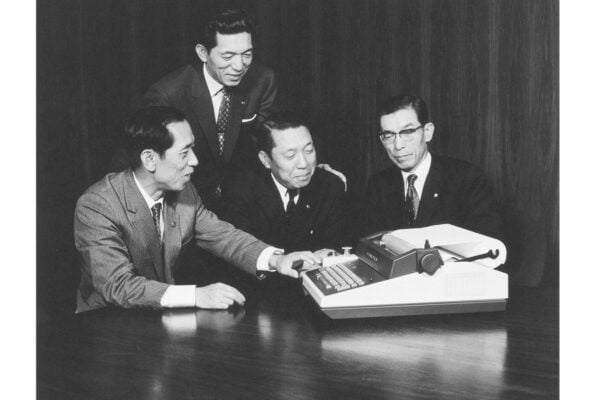4 steps to help A-level maths students make the most of their calculators

Casio’s recommended calculator for A-level maths is the fx-CG50, our most advanced graphing handset. This device has a huge range of potential functionality, from plotting Cartesian, parametric and polar graphs to random sampling and mode calculation.
Like any powerful tool, the fx-CG50 needs to be applied in the right way to ensure it is generating maximum benefit for the user.
With this in mind, what can you as a teacher do to help students use their chosen A-level maths calculator as effectively as possible?
1. Allow time for experimentation
Like many tools and technologies, one of the best ways for users to get accustomed to a powerful device such as the fx-CG50 is by experimenting with it in a zero-pressure environment.
If students have lots of opportunities to use their calculator at home and explore its various functions in their own time, they will naturally become more proficient with it.
Those who are completely comfortable with their device – almost to the point of being able to operate it without thinking about it – will be well-set to make good use of their time in A-level maths exams.
This familiarity comes with regular use and time, which is why an increasing number of schools are choosing to introduce graphing technology at GCSE, or possibly even earlier.
Students might not strictly need the advanced capabilities of the fx-CG50 before year 12, but knowing the basics of the device will give them a good foundation to build on at A-level.
2. Encourage peer-to-peer working
We recently spoke to James Davis, Head of KS5 Further Mathematics at Newstead Wood School, about how he supports students at key stages of their education. One of the methods he has found useful is encouraging learners to work together.
Asking some of your more confident year 13s if they would be willing to do some work with year 12s, for example, could be an effective way to get students more engaged and motivated to learn.
Talking through a problem with a peer – who can empathise in a way that teachers can’t – could make all the difference to a year 12 student struggling with the tougher demands of A-level maths.
3. Explore together in class
Casio offers emulator software that allows you to display a calculator screen to the entire class. This can be a powerful way to increase engagement and collaboration through shared explorations in the classroom.
Every student can look at the same information at the same time, before being given the chance to explore the topic independently and ask follow-up questions on their own device.
If students are coming to you with problems they have been struggling with, you can use the emulator to bring an example up on the screen and ask other members of the class for their input and ideas.
As well as making lessons more fun and interesting, this approach can help everyone – including the teacher – improve their aptitude with the calculator by using it collaboratively.
4. Get to know the technology yourself
However capable and independent they might be, A-level maths students will always look to the teacher for guidance and advice, particularly when they’re tackling difficult topics or preparing for exams.
That’s why it’s important to ensure you feel comfortable with any technology being used in your classroom. Getting familiar with the fx-CG50 – or any other calculator being recommended to your students – puts you in a better position to raise time efficiency in lessons, answer common questions and use the device to build deeper mathematical understanding.
We understand that many teachers are reluctant to adopt new technologies, which is why we offer a range of resources to make the transition to a new calculator as easy as possible.
You’ll find a selection of user guides to the fx-CG50 on our website, which give an overview of the model’s menu functions, settings and applications.
We also provide free introductory training sessions led by experts, who demonstrate how the capabilities of this calculator can be applied to a particular A-level maths topic. You can book a place here



